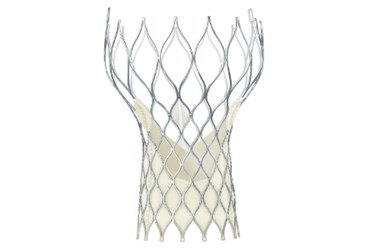Study Sheds Light On Survival Rates For Bioprosthetic Aortic Valve Procedures
By Joel Lindsey

In a recently published study, researchers estimated the rates of survival associated with transcatheter aortic valve implementation (TAVI), and identified a number of the complications most likely to arise in this type of reparative operation.
The study was performed in response to what researchers perceived as a growing tendency to use bioprosthetic materials — medical materials made out of biological tissue — as implantable aortic valves.
The research team, led by Danny Dvir of St. Paul’s Hospital in Vancouver, Canada, identified the need to more systematically study the outcomes of using these types of implantable devices.
“Owing to a considerable shift toward bioprosthesis implantation rather than mechanical valves, it is expected that patients will increasingly present with degenerated bioprostheses in the next few years,” the authors wrote in their report, which was published in The Journal of the American Medical Association. “Transcatheter aortic valve-in-valve implantation is a less invasive approach for patients with structural valve deterioration; however, a comprehensive evaluation of survival after the procedure has not yet been performed.”
Researchers reviewed the survival rates of 459 patients who had received transcatheter valve-in-valve implantations between 2007 and May 2013. The patient sample drew from 55 different medical centers, and the mean age of the participants was 77.6 years old.
After their evaluation of the data, researchers concluded that the overall survival rate one year after receiving a transcatheter valve-in-valve operation was 83.2 percent, according to a press release issued recently.
Additionally, they used their data analysis as a way of identifying the factors most likely to present complications in those receiving the procedure.
The main reasons for bioprosthesis failure identified in the study were stenosis, a narrowing of valve openings, regurgitation, a backflow of blood through the valve due to a failure to close all the way, and a combination of both stenosis and regurgitation.
Patients who experienced stenosis had the worst one-year survival rate of the group, and smaller valves were consistently associated with lower one-year survival rates than larger valves, according to the press release.
“Thorough assessment of candidates for valve-in-valve implantation is a key step to obtain optimal results,” the researchers wrote. “The current analysis highlights the need for meticulous evaluation of bioprosthesis mechanism of failure before attempting a valve-in-valve procedure.”
Image Credit: Image of CoreValve TAVR System courtesy of Medtronic, Inc.
